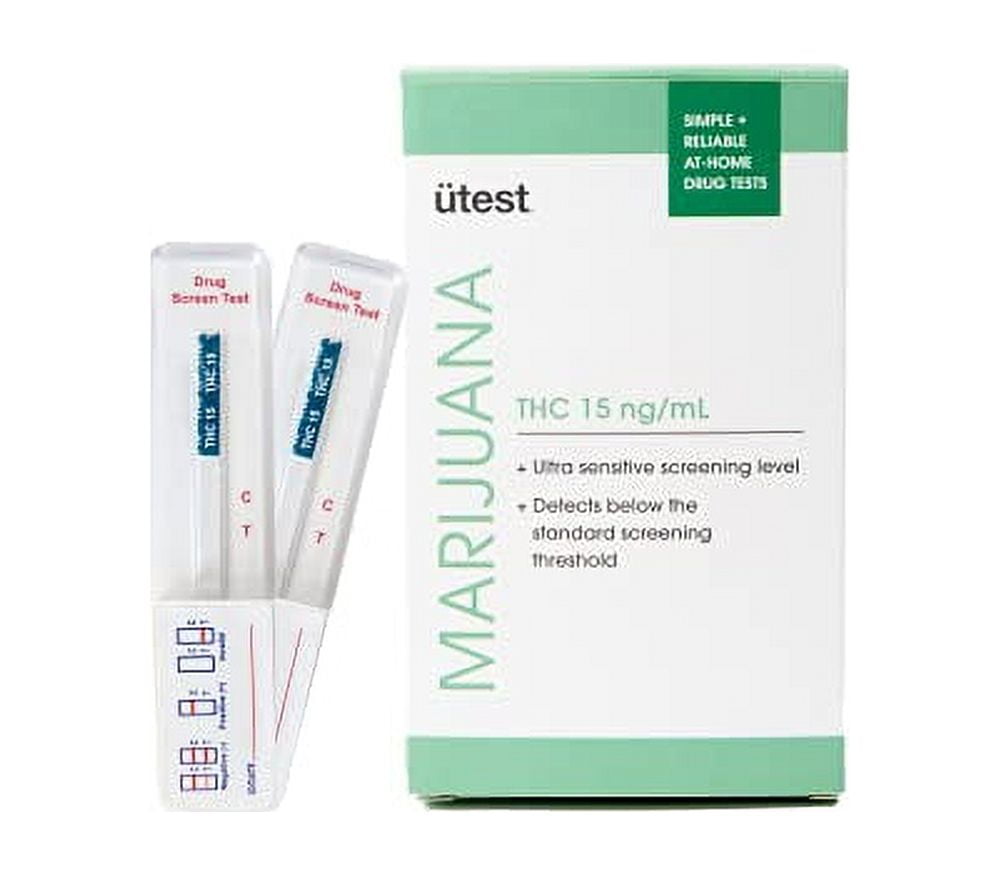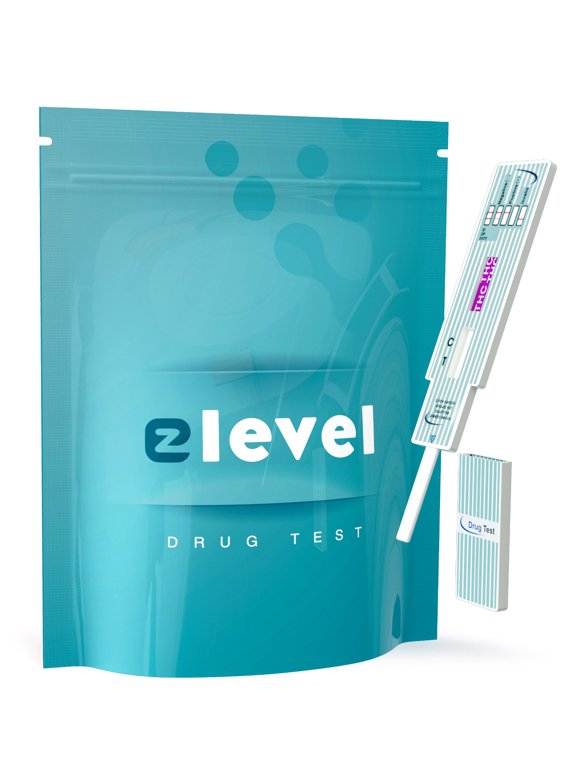Will One Puff Of Weed Be Detected In Pee Test
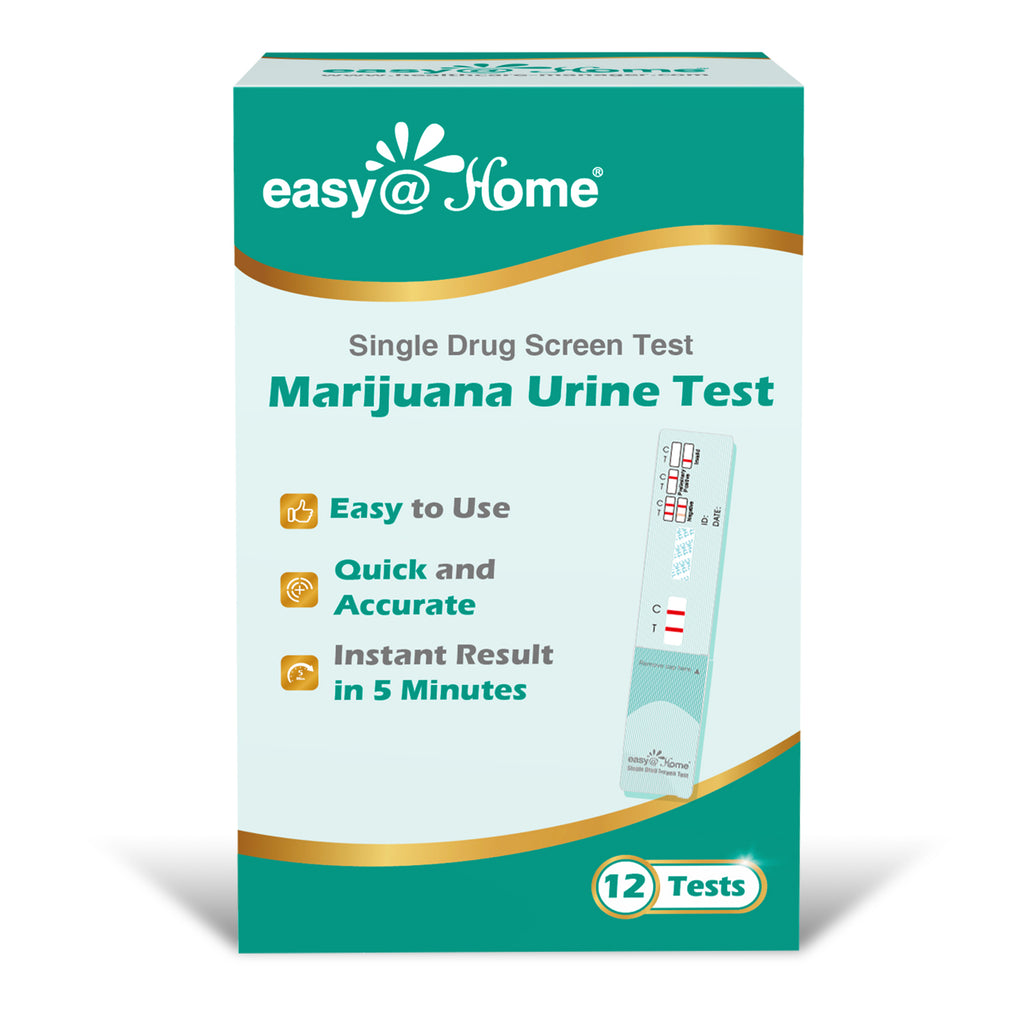
The question of whether a single puff of marijuana can trigger a positive result on a urine drug test is complex, fraught with variables, and increasingly relevant in a society with evolving cannabis laws. Factors like metabolism, potency, and individual physiology play crucial roles, making a definitive "yes" or "no" answer elusive. Understanding these nuances is essential for individuals navigating employment drug screenings, legal requirements, or personal health decisions.
This article examines the science behind marijuana detection in urine, the factors influencing detectability, and the potential implications for individuals facing drug tests. We delve into the latest research, expert opinions, and real-world scenarios to provide a comprehensive overview of this pressing issue. The information presented aims to empower readers with the knowledge needed to make informed decisions regarding cannabis use and its potential consequences.
Understanding THC and its Metabolites
Urine drug tests for marijuana don't actually detect THC (tetrahydrocannabinol), the psychoactive compound in cannabis. Instead, they screen for THC-COOH, a metabolite produced when the body breaks down THC. This metabolite can linger in the body for days or even weeks, depending on various factors.
The detection window for THC-COOH in urine varies widely. Infrequent users typically clear the metabolite from their system faster than chronic users. This is because chronic users accumulate THC in their fat cells, leading to a slower release and prolonged detection window.
Factors Influencing Detection Time
Several factors influence how long THC-COOH remains detectable in urine. These factors include: frequency of use, metabolism, body fat percentage, hydration levels, and the potency of the cannabis consumed.
Frequency of use is perhaps the most significant factor. A single use will typically result in a shorter detection window compared to regular or heavy use. Metabolism plays a crucial role, with faster metabolisms clearing THC-COOH more quickly.
Body fat percentage matters because THC is fat-soluble. Individuals with higher body fat percentages tend to store more THC, leading to a longer detection period. Hydration levels can also influence the concentration of THC-COOH in urine, potentially affecting test results.
The "One Puff" Scenario: Is Detection Possible?
Whether a single puff of marijuana can be detected in a urine test depends on the individual and the sensitivity of the test. High-sensitivity tests can detect even trace amounts of THC-COOH. The probability of detection after a single puff is higher for infrequent users than for habitual users.
For infrequent users, a single puff of low-potency cannabis might clear their system within a few days. However, a high-sensitivity test could still detect THC-COOH within that timeframe. For chronic users, a single puff might not significantly impact their existing levels of THC-COOH, but it could prolong the detection window.
"It's a gamble," says Dr. Emily Carter, a toxicologist specializing in drug testing. "While a single puff might not always trigger a positive result, the risk is always present, especially with sensitive testing methods."
Test Sensitivity and Cut-off Levels
Urine drug tests have varying sensitivity levels, typically measured in nanograms per milliliter (ng/mL). The Substance Abuse and Mental Health Services Administration (SAMHSA) sets guidelines for federal workplace drug testing programs, including cut-off levels for marijuana metabolites.
A common cut-off level for THC-COOH in urine is 50 ng/mL. If the concentration of THC-COOH in the urine sample exceeds this level, the test is considered positive. Some tests use lower cut-off levels, such as 20 ng/mL or even 15 ng/mL, making them more sensitive and increasing the likelihood of detecting even small amounts of THC-COOH.
Different employers and organizations may use different cut-off levels, impacting the likelihood of a positive result. Understanding the specific cut-off level used by the testing facility is crucial for assessing the risk of detection.
Implications and Considerations
The potential consequences of a positive urine drug test can be significant. They can include: job loss, denial of employment, legal penalties, and damage to personal reputation. Understanding the risks associated with cannabis use, even in small amounts, is paramount.
With the increasing legalization of marijuana in some areas, it's crucial to be aware of workplace drug policies and legal regulations. Even in states where marijuana is legal, employers may still have the right to enforce drug-free workplace policies.
Individuals facing mandatory drug testing should exercise caution and be fully informed about the potential consequences of cannabis use. Consulting with legal or medical professionals can provide valuable guidance in navigating these complex issues.
"The legal landscape surrounding marijuana is constantly evolving," says John Smith, an attorney specializing in employment law. "It's the individual's responsibility to be aware of the laws and policies that apply to them."
Ultimately, the decision to use cannabis, even in small amounts, involves weighing the potential benefits against the risks of detection and the associated consequences. Making informed decisions based on accurate information is crucial for protecting one's career, legal standing, and personal well-being. The answer to whether a single puff will be detected remains complex and highly dependent on individual and testing parameters.



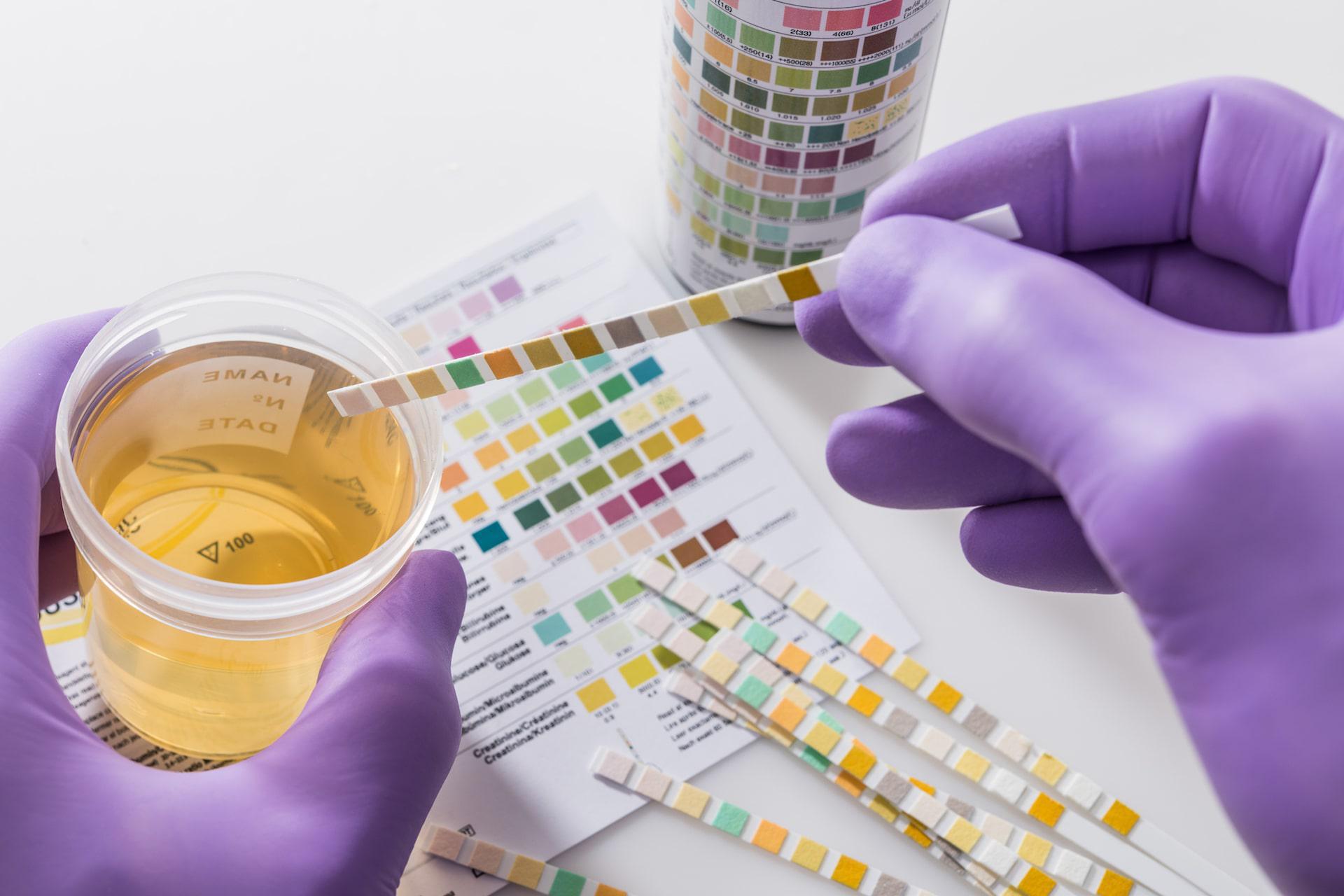

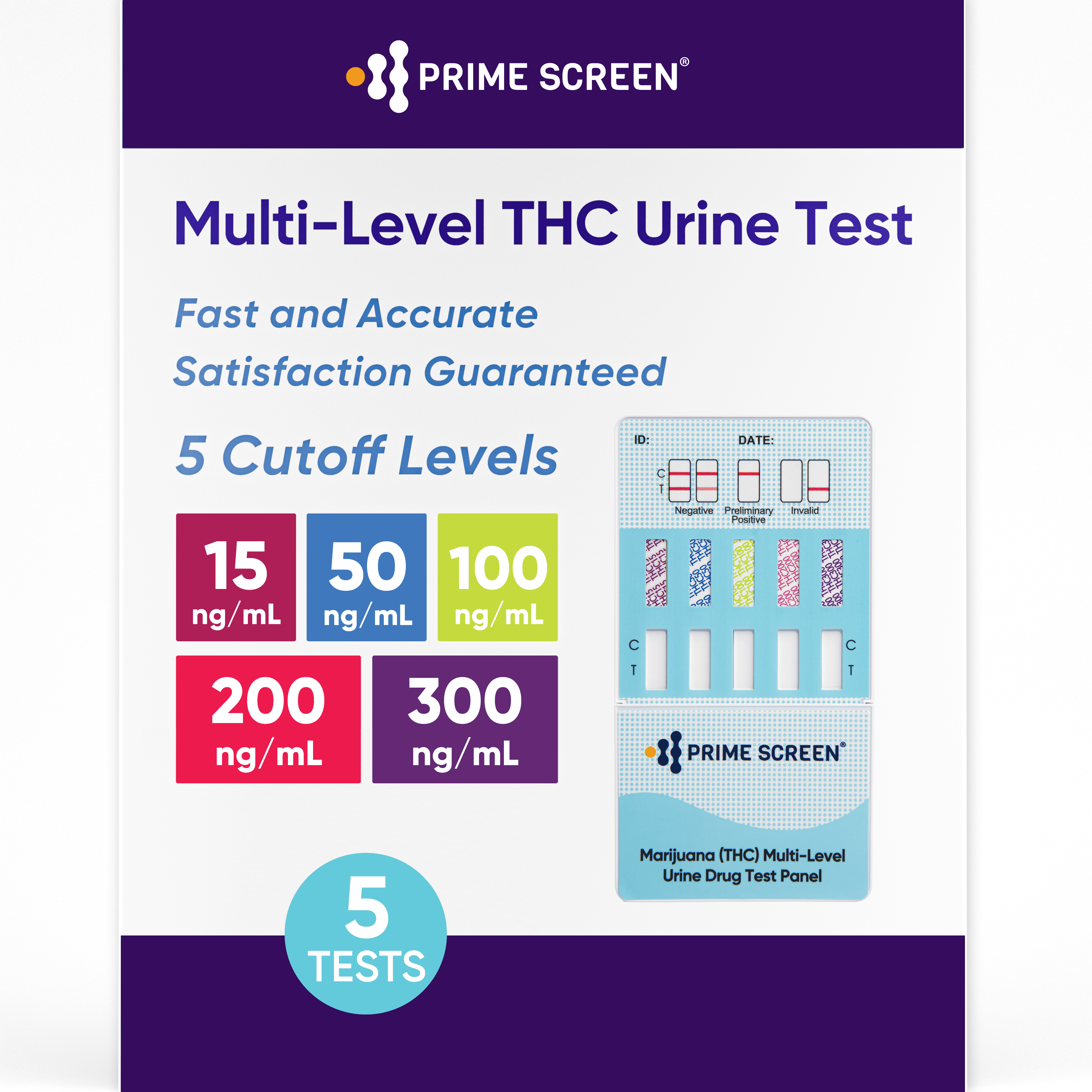



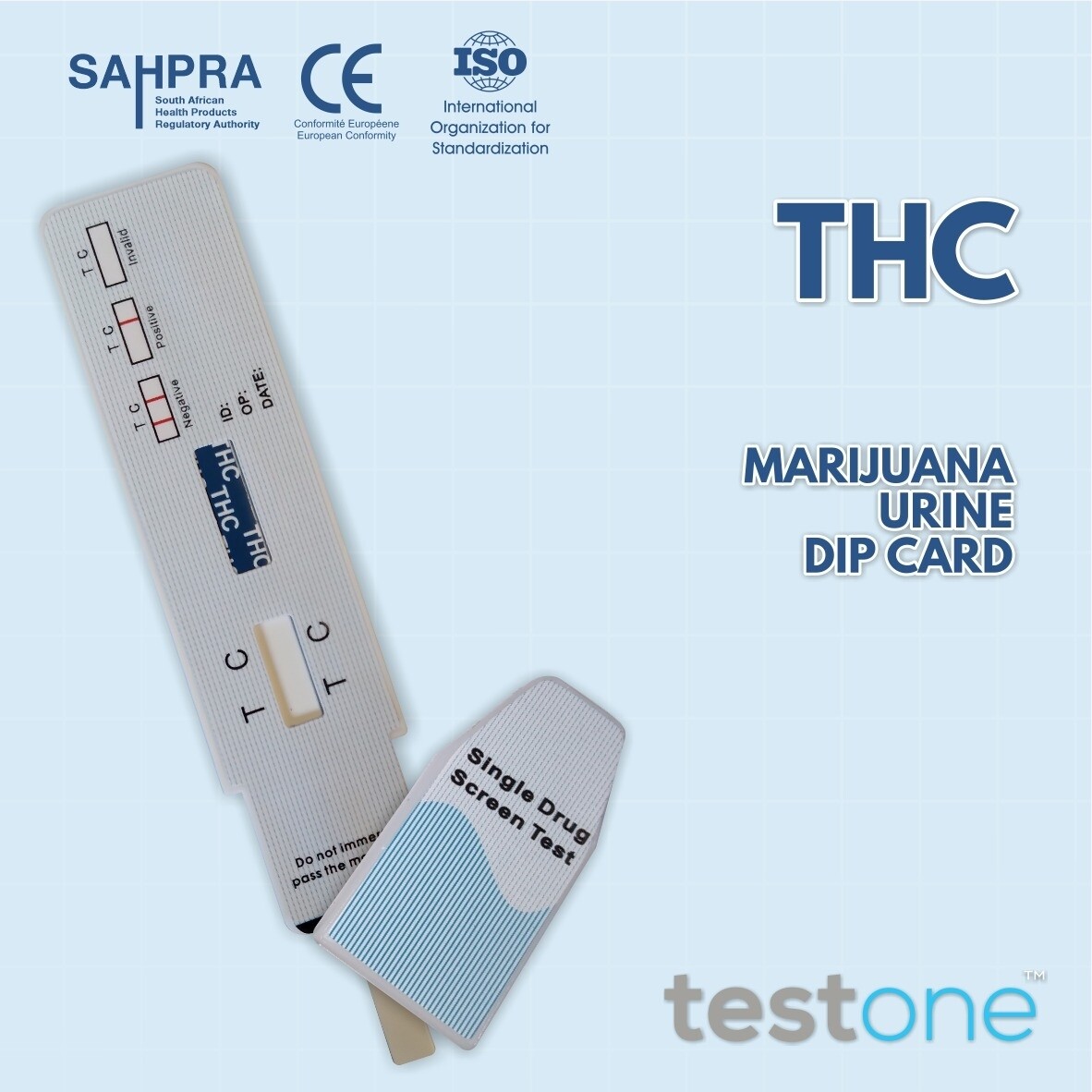

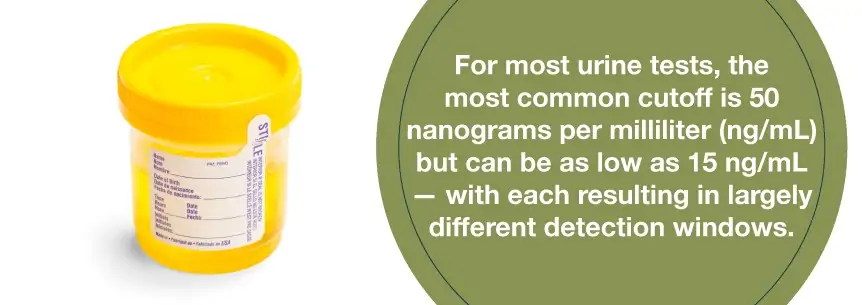

.png?width=1000&height=667&name=unnamed (1).png)

